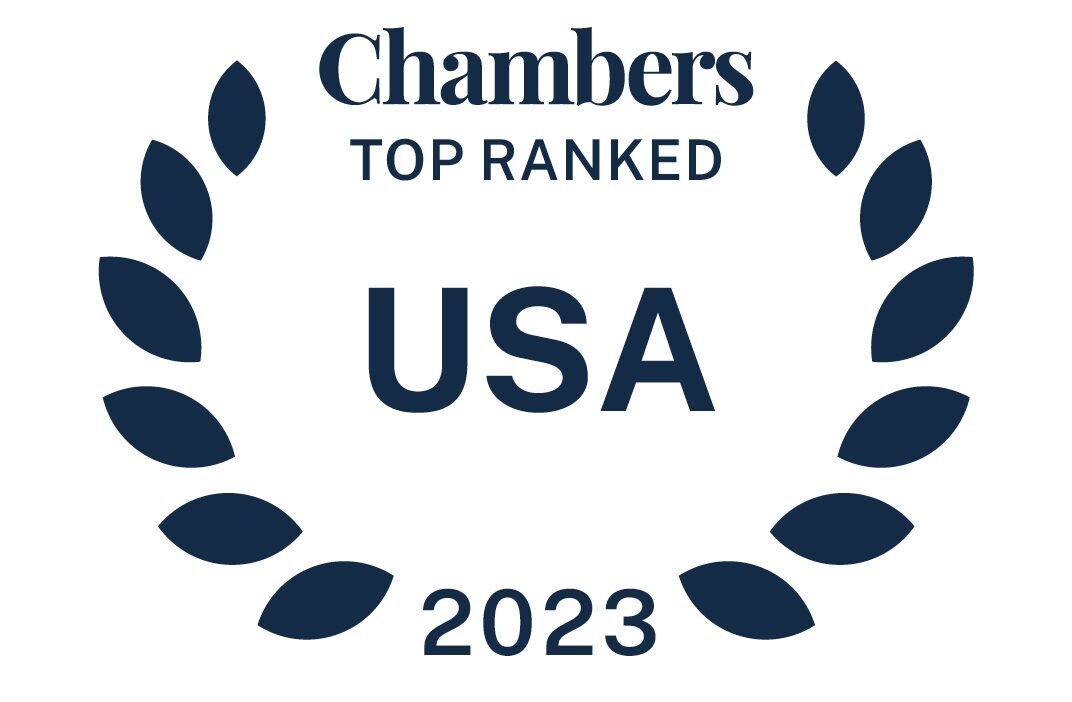In hopes that the COVID-19 public health emergency (PHE) will soon end, Congress and the administration are evaluating the telehealth expansions and flexibilities put in place to respond to the PHE. As a result, the future for telehealth stakeholders remains uncertain. This article outlines various changes in Medicare telehealth reimbursement policy in effect during the PHE and identifies what actions would be required to make these changes permanent.
Since the implementation of the PHE, there has been a significant uptick in the provision of telehealth services by Medicare, other public payers and commercial payers. In response to this increased utilization and outreach by stakeholders, Congress has actively explored ways to make some, or all, of the PHE flexibilities permanent.
During the PHE, telehealth providers have been able to receive reimbursement for a greater variety of telehealth services, leverage more types of healthcare providers, and treat patients in more locations than ever before. Telehealth providers have been energized by these changes and are voicing resistance to the prospect of losing these new reimbursement opportunities post-PHE.
The pathways to making telehealth flexibilities permanent, however, are neither simple nor clear. Reimbursement for telehealth services is governed by complex statutory, regulatory and subregulatory requirements at the state and federal level. At the federal level, the PHE-driven changes have come via both federal legislation and regulatory modifications. This article describes what steps would be necessary to make federal telehealth reimbursement policy changes permanent as the healthcare system recovers and rebuilds from the COVID-19 pandemic.
read more


 Subscribe
Subscribe

